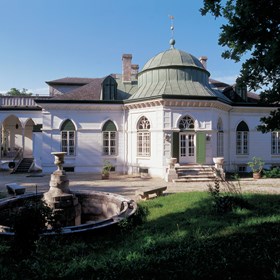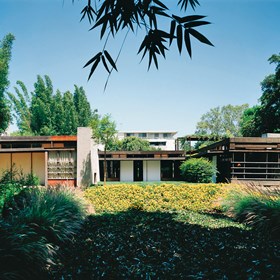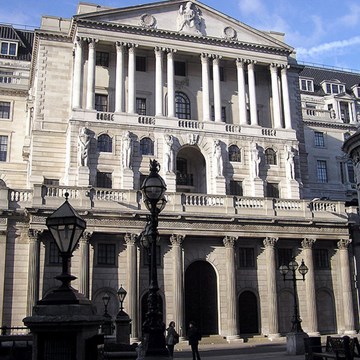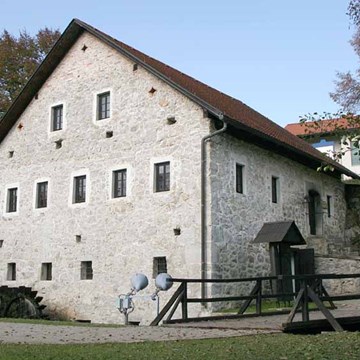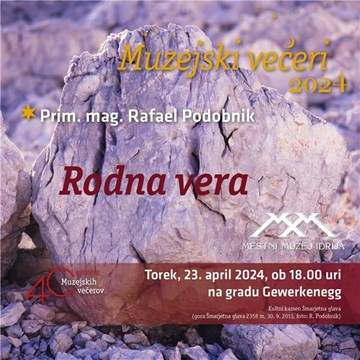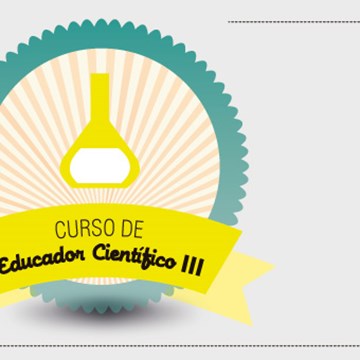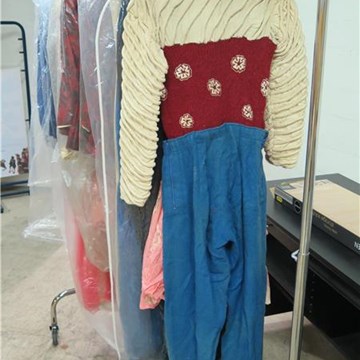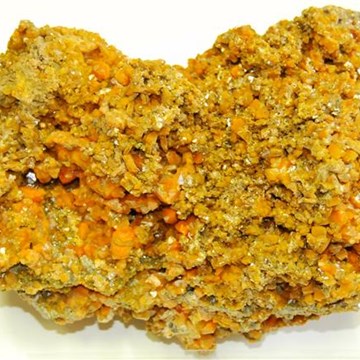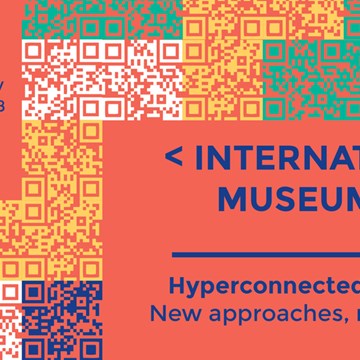MAK – Austrian Museum of Applied Arts / Contemporary Art
MAK – Österreichisches Museum für angewandte Kunst / Gegenwartskunst
The MAK – Austrian Museum of Applied Arts / Contemporary Art is one of the most important museums of its kind worldwide. Founded as the “Imperial Royal Austrian Museum of Art and Industry” in 1863, today’s museum—with its unique collection of applied arts and as a first-class address for contemporary art—can boast an incomparable identity. Originally established as an exemplary source collection, today’s MAK Collection continues to stand for an extraordinary union of applied art, design, contemporary art and architecture.
The spacious halls of the Permanent Collection in the magnificent Ringstraße building by Heinrichvon Ferstel were later redesigned by contemporary artists in order to present selected highlights from the MAK Collection. In a unique interplay of artistic heritage and contemporary interventions, the historical holdings have been staged anew in a way that invites close examination of the individual exhibits.
The Study Collection provides a comprehensive look into the many different areas of the collection while making visible applied art’s history and diversity, as well as the richness and origins of its formal variants and materials. This is the place for more detailed inspection and comparison of the morphological variants of objects which have been inspiring artists and designers for generations.
In temporary exhibitions, the MAK presents various artistic stances from the fields of applied arts, design, architecture, contemporary art, and new media, with the mutual relationships between them being a consistently emphasized theme. The institution’s multifaceted mission allows for varied approaches, opening up new perspectives from which to regard historical relationships and offering frequent glimpses at artistically and societally relevant developments that are just beginning to appear on the horizon.
Sofas by Franz West invite visitors to sit down, take a break and perhaps page through today’s papers; this can also be said of the seating elements by Hermann Czech in the MAK’s central, neo-Renaissance Columned Main Hall. Culinary delights can be found at ÖSTERREICHER IM MAK; with its futuristic interior design by architect Gregor Eichinger, the restaurant is another great opportunity for a break—try its outdoor dining area in the MAK Garden for a particularly relaxing experience. Immediately adjacent is the MAK Design Shop, whose range of offerings includes gifts both extraordinary and practical as well as publications, design objects and artists’ editions. On selected Tuesdays, young designers present their newest products here when the Shop serves as an After Work Meeting Point for design aficionados.
In the MAK Reading Room, likewise located in the Stubenring building, user-friendly opening hours and free admission even afford visitors weekend access to books from Austria’s largest art library, home to an archive of societal and cultural knowledge that is constantly being updated.
The large exhibition halls were built between 1906 and 1909 according to plans by architect Ludwig Baumann; with a total floor space of 2,700 m2, they are among Austria’s largest such facilities. The exhibition halls are connected with the Stubenring building by a glass wing designed by Sepp Müller in 1991, and they can also be accessed separately via their own entrance on Weiskirchnerstraße. Stepping through the latter, one is impressed by the generosity of the magnificent late-historicist entrance foyer, behind which lie the exhibition halls and the MAK Lecture Hall. Two levels play host to regularly changing temporary exhibitions covering a wide range of approaches to the diverse themes encompassed by the MAK’s mission.
The MAK is also present in the public sphere, leaving its visible mark on the city’s urban order. Directly in front of the Stubenring building is the Tor zum Ring [Gate to the Ring] constructed by James Wines/SITE in 1992, which physically shifts a piece of the building's outer wall into the urban space, leaving behind a new point of access to the museum. A counterpart to this is Walter Pichler’s artistic and architectural intervention Tor zum Garten [Gate to the Garden] (1990), which opens the museum to its garden on the other side. Also in the MAK Garden is the MAK Terrace Plateau, constructed between 1991 and 1993 after a design by Peter Noever; it is oriented toward the Wien River and provides the museum with a further architectonic axis.
James Turrell’s light sculpture MAKlite causes intense, variously colored light to pulse in the windows of the MAK, thus communicating the complex situations generated within the museum to the urban environment outside. Permanently installed since 2004, this installation releases the building’s brick façade from its urban uniformity.
Somewhat further afield, at the intersection of Franz-Josefs-Kai and Schottenring, one sees the Wiener Trio by Philip Johnson, conceived for the exhibition Turning Point (1996). And the bridge next to the MAK (the Stubenbrücke) has been home to Franz West’s Four Lemurheads since 2001. The Stadtpark, one of the city’s green oases, lies just adjacent to the MAK and beckons refreshingly to museum visitors. The park has played host to Donald Judd’s sculpture Stage Set since 1996; this public artwork, as well, was created specifically for an exhibition at the MAK.
The MAK, which defines itself as a laboratory of societal knowledge, is a place of collecting, research, preservation, education, and interactive learning, as well as a site of human encounters, interaction, and intercreativity. Thanks not least to its international branches and cross-border activities, the museum is also a forum of intercultural and artistic exchange as well as of fruitful dialog with designers, artists, and architects.
Other venues
Exhibitions and events
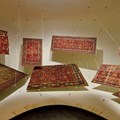
Carpets Collection
Permanent exhibitionFor the MAK’s 150th anniversary, designer Michael Embacher has given the Permanent Collection Carpets a new spatial concept that integrates an artistic intervention by Turkish artist...
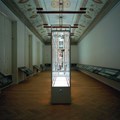
Renaissance - Baroque - Rococo Collection
Permanent exhibitionThe MAK's collection of lace, and its holdings of glassware—especially Venetian glass—are considered among the finest and most varied in the world. Even in the Baroque period, Venetian...
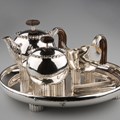
Vienna 1900
Permanent exhibitionVibrant and manifold: VIENNA 1900 in a new light The fascinatingly complex cultural epoch denoted by the term “Vienna 1900” has long been the stuff of legend. And the equally...
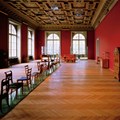
Empire Style - Biedermeier Permanent Collection
Permanent exhibitionA heterogeneous mass of consumers arose during the first half of the nineteenth century, something never previously seen in Austrian cultural history. With the effects of the Industrial Revolution...
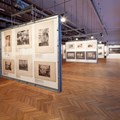
Works on Paper
Permanent exhibitionFrom Dürer to Sagmeister Every year, the MAK Library and Works on Paper Collection curates exhibitions based on its own holdings. In the context of this focus on the library’s various...
Educational programs
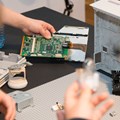
MAK Design Kids
WorkshopIn two-hour workshops, the MAK Design Kids turn their attention to furniture, fashion, patterns, and more—while always keeping an eye on digital developments. Their own creativity is central: We...








